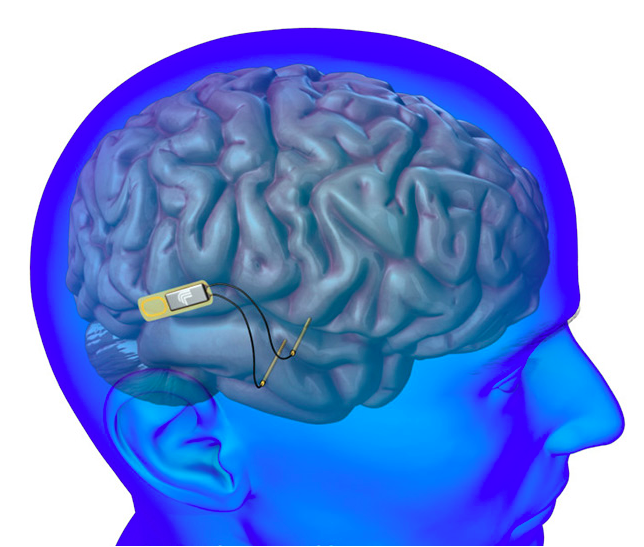Three Medical Concepts Of IoT In Healthcare
Technology used to separate old tools from new ones. As time went by, it began promoting integration and synchronization. This is evident even in the way IT developers work.
Before, IT operations teams were separated from development teams. Nowadays, they combine operations and development to create DevOps tasks that will make them more efficient.
Such cultures created by IT professionals are reflected in the way they work with other experts such as those in healthcare and other medical industries. As a result, new innovations which also promote connectivity have come into existence.
The best example of this is the Internet of Things (IoT) in healthcare. Within the IoT is the use of information technology connecting different devices the way the internet connects sites and servers.
There are three IoT concepts that can possibly be applied in healthcare, and today we will go over them in further detail.
- Brain Implants

We have all heard of breast implants and heart implants, but what about brain implants? At first, the impression you will get is that this is a concept of replacing a natural brain with a man-made brain. In the past, this could be what many people might have expected in the future.
However, we didn’t expect that specific technology would have changed the meaning of brain implantation. Instead of putting an artificial brain, it’s now possible to put only a smaller device into the body that can be used to decode brain signals and in turn fix areas that have been damaged by stroke or accidents.
The purpose of which is to communicate directly with brains of people paralyzed. From a computer, we can give instructions to their brain, to replace what has been damaged with an artificial replacement.
- Brain USB
We still don’t know the right term to call this concept in which an IoT device will work like a USB device that can perform its function not only to connect two different devices, but also to connect a device like a brain.
This concept aims to copy the original properties of a person’s brain and upload the human memory to the computer. This means that human minds can be saved for backup purposes in case of memory loss. This technology can also make human minds live independently across the internet even outside the body.
Imagine yourself being on the internet with an identity like what you have on your social media account, and you can live forever even beyond the lifespan of your body. Another possibility of using this technology is to reproduce your minds the way you copy-paste a text on the internet.
- Humanoid Devices
There are now devices that can become a stepping stone for humans to become humanoids in the future. These devices are not meant to replace our normal body parts. In fact, they are added to our body, as though there are new features that should be installed to perform smart functions.
One good example is a RFID chip that can be inserted into our body for tracking purposes. Another example is a microchip implant that can be used to analyze our health and to detect diseases. Although this concept doesn’t actually make us become humanoids, it’s certain that our body will be filled with extra devices in the future.
Final Thoughts
IoT in healthcare already exists, but the above three concepts are still in the process of formation and experimentation. Nevertheless, it won’t take too long to see them being launched and introduced to the public. With time everything and anything could be possible with the IoT.




